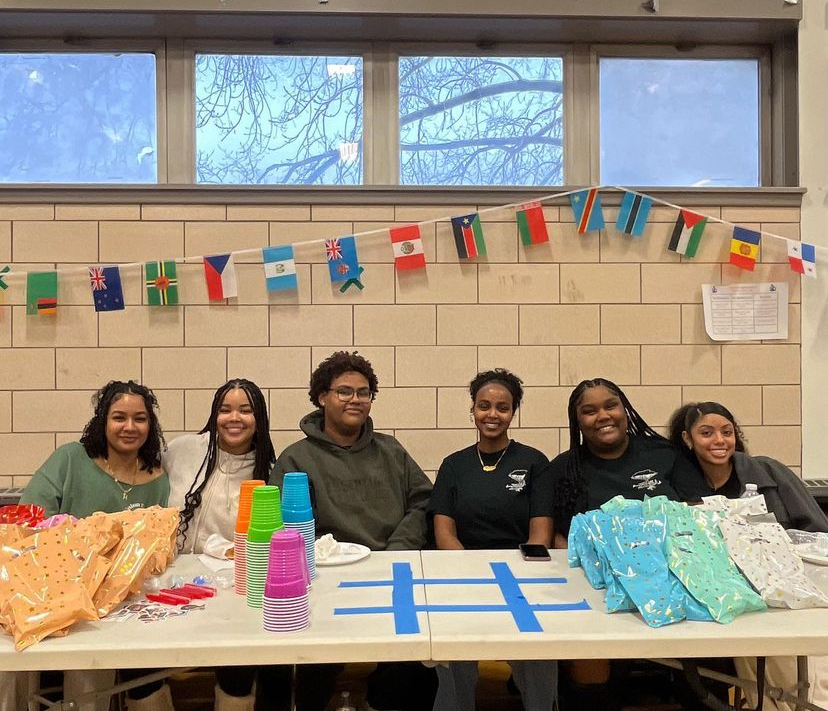On January 22, 2024, India unveiled a newly built Temple to Lord Ram in Ayodhya, in the Indian state of Uttar Pradesh. What makes this temple unique and noteworthy is its location and controversial history. The surrounding history illuminates the religious conflict between Muslim minorities and Hindus in India, which continues today.
In the 16th century, the Mughal Empire, which dominated Southeast Asia and lasted from 1520 to 1850 built the Babri Masjid mosque. While the Delhi sultanate had previously brought Islam to the Indian subcontinent, Mughal rule solidified its influence on the area. The 1947 British partition of India has greatly shaped modern relations, including the artificial division of the Muslim and Hindu populations of India into the modern-day Republic of India and the Islamic Republic of Pakistan.
Due to the mass migration that led to ~1 million mortalities, territorial disputes, mistrust, and bitterness persisted between these two countries, stirring up religious conflict on both ends. In 1992, Hindu groups demolished the mosque, leading to tensions in the community between Muslims and Hindus, which have been on a constant rise ever since. The resulting riots, which consumed the country, led to approximately 3,000 deaths from mob-related violence.
Hindu nationalism, or Hindutva, has been increasing in popularity in India among right-wing Hindus since the 2014 election of Narendra Modi’s BJP party. The re-opening of the Lord Ram temple has been a core BJP policy, and its realization is concerning to many, as some see it as one of the latest moves in right-wing radicalization toward transforming India into a Hindu, non-secular state.
India’s recent repeal of Kashmiri autonomy and increasing embrace of far-right politics are worrying for minorities within the country. The re-opening of the Lord Ram Temple in Ayodhya also triggered outbreaks of unrest in other parts of the country. Many international observers are worried that the current level of violence may increase, leading to the increased repression of Muslims by Indian authorities.
“I am a devout devotee of Lord Ram, but Ihave also grown up seeing this land dispute unravel politically in the aftermath of the demolition of the Babri Masjid. This makes me wonder if the controversy surrounding the temple is actually in the past or if we should expect more issues in the future,” said Sienna Chambial ‘27, who is a Mathematics and Environmental Science major at Union hailing from India. With the re-opening of the Ram Mandir in Ayodhya triggering unrest in other parts of the country, international observers are worried that the current level of violence may increase, leading to increased religious disparities within the nation.


